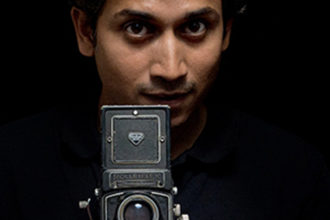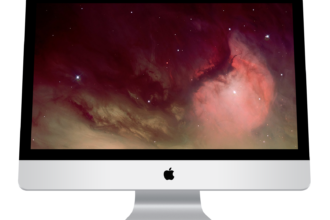Night-Time Photography: These 4 Tips Will Make Your Night Shots Amazing

Nighttime photography can be as simple as a smartphone selfie. It can be pictures you take on the spur of the moment at an outdoor event, a concert, or more. But, if you want to take serious pictures at night, you need to be prepared.

Outdoor, nighttime photography takes ambition, craft, endurance, patience, and time. You need some equipment, even if it is not the best and costliest. You need at least a tripod and camera with adjustable settings.
According to Jim Richardson, writing for National Geographic, “Something wonderful has happened in photography: Ordinary people can now photograph the universe.”
Once you’re ready and in place, these 4 tips will make your night shots amazing:
- Aperture: Setting the aperture at a low number allows more light into the camera. Setting the aperture low is especially important on digital cameras to reduce digital noise.
Aperture settings are labeled as “f/stops.” The lower the f/stop, the more exposure the camera permits. And, this affects the “depth of field.”
The depth of field determines how sharp or dull the area behind your subject appears. Lower f/stops will blur the background, and higher f/stops will sharpen the background.
- ISO: Traditional film has a number designating the ASA (e.g., 100, 200, 400, and so on) or light sensitivity of the film. The ISO setting on digital cameras does the same. The lower the ISO, the less sensitive the camera is to light.
Higher ISO settings create faster shutter speed. They are good for some dark situations, but the highest ISO settings will only create digital noise in the nighttime shooting.
- Bulb Mode: Once your camera is set to manual mode, you can control the aperture, ISO, and shutter speed. With the shutter speed reduced to the lowest setting, a digital camera should read “bulb.”
Shooting at night requires you to leave the shutter open for long periods. In the bulb mode, you open and close the exposure. You control the length of the exposure.
The bulb mode and long exposure are necessary to capture the distant stars and colors. Where other or ambient light is available, in city light, for example, shouldn’t need more than 30 seconds exposure, but if trial and error tell you to, then you should use bulb mode.
Bulb mode lets you adjust your shutter speed. A longer exposure allows you to capture more as it happens. It permits the camera to capture as much light as is available, shooting stars, for instance.
You should be using a tripod for night shots, so leaving the shutter speed is no problem. It will be particularly good for unique images of fountains, running water, or fireworks.
- Shoot RAW: Unless you are determined to get pictures in deep dark environments, you should shoot at dusk. Shooting in the hours before dark allows you to capture color, detail, and contrast.
The best low light cameras usually provide JPEG and RAW settings. You want to prefer the RAW because the when you save to JPEG, the system will compress the data and lose detail.
RAW files 14-bit files, but JPEGS are only 8 bits. The more bits allow a higher variety of available colors and smoother transitions between them. The more bits capture brighter colors and reduce “banding” or static in the picture.
A final tip
Tara Johnson, a contributor to Time, quoted award-winning photographer Stuart Paley, “Ninety percent of it is preparation and 10% of it is the actual execution.” Don’t be afraid to try new techniques. Experiment by using different kinds of lenses such as super baltar lenses that produces classic looking images. You don’t have to purchase a lot for you can find Super Baltar rental online.
With time, patience, the right equipment, and a little education, you can take memorable nighttime photos of events, friends, landscapes, and star trails.

